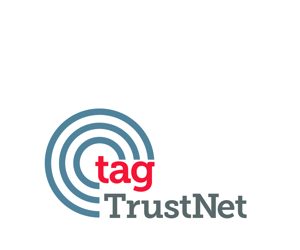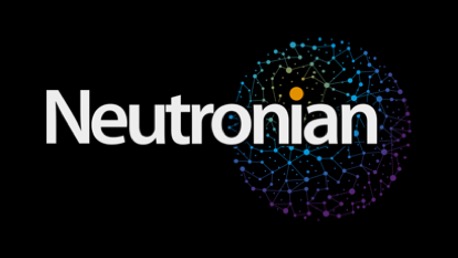DE&I Planning Tool
Independent Verification of Minority Ownership
Identify strategic, diverse partners and curate inventory sources that support your diverse media spending goals.

Overview
Neutronian’s DE&I Planning Tool provides independent verification of websites, applications and companies who identify as minority, female or LGBTQ+ owned.
This verified database can be leveraged to identify strategic, diverse partners and curate inventory sources for a PMP or open market activation. Our flexible methodology also allows for a review of websites and applications that target minority audiences, if desired, in order to help identify additional supplemental inventory options for diverse media budgets.
If you would like to view a sample of the DE&I Planning Tool dataset or if you would like to inquire about having your own website or company included in this dataset, please complete the form on this page and someone from our team will follow-up with you shortly.
Related Insights
RW Digital Partners with Neutronian to Increase Visibility into Minority-Owned Media

TAG TrustNet Launches New Frontier in Transparency for Marketers Through Integrated DEI, Privacy & MFA Data

Data Platform Neutronian Announces a Standardized Process for Verifying Companies for Minority Ownership

Neutronian’s Process For Verifying Minority Ownership Companies Launches

Neutronian Launches Data Privacy Scoring of Over 3,000 Publisher Networks, Brands, Ad Tech Platforms, Retail Media, and Data Providers
